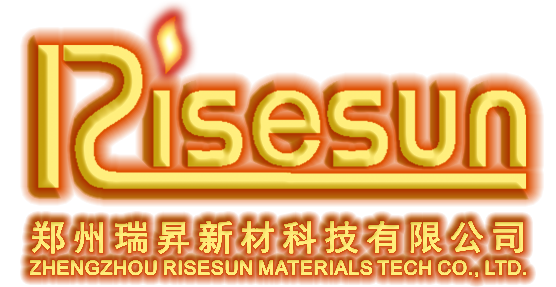01
2025
-
01
Understanding Silicon Carbide Heating Element Resistance: Key Insights for Electrical Heating Applications
Silicon carbide (SiC) heating elements have gained popularity in the electric heating sector due to their superior thermal properties and resistance to high temperatures. One of the most crucial characteristics of these heating elements is their resistance, which plays a significant role in determining their efficiency, performance, and application suitability. The resistance of a silicon carbide
Silicon carbide (SiC) heating elements have gained popularity in the electric heating sector due to their superior thermal properties and resistance to high temperatures. One of the most crucial characteristics of these heating elements is their resistance, which plays a significant role in determining their efficiency, performance, and application suitability.
The resistance of a silicon carbide heating element is primarily influenced by its material composition and structure. Silicon carbide is a compound semiconductor known for its excellent thermal conductivity and high melting point, making it ideal for high-temperature applications. The resistance of silicon carbide elements typically ranges between 5 to 25 ohms, depending on the specific design and operational conditions.
Understanding the resistance of silicon carbide heating elements is essential for several reasons. First, it directly affects the heating efficiency. A lower resistance results in higher current flow, leading to increased heat generation. This is particularly important in applications where rapid heating is required. Conversely, higher resistance can help in applications that require precise temperature control.
Moreover, silicon carbide heating elements exhibit excellent thermal stability and can withstand extreme environments. This resilience means they can maintain their resistance characteristics even under high temperatures, making them suitable for applications such as furnaces, kilns, and other high-heat processes. The ability to retain consistent resistance over time ensures that these heating elements can perform reliably, reducing the need for frequent replacements and maintenance.
When selecting silicon carbide heating elements, it's important to consider the specific resistance values relative to your application's requirements. Factors such as operational temperature, environment, and desired heating times should guide your choice. Custom designs may also be available to meet specific resistance needs, providing flexibility for specialized applications.
In conclusion, understanding silicon carbide heating element resistance is crucial for optimizing the performance of heating devices in the electrical heating industry. By leveraging the unique properties of silicon carbide, manufacturers and engineers can create efficient and durable heating solutions that cater to a wide range of applications. Ensuring you have a solid grasp of these resistance characteristics can lead to better decision-making and improved heating system designs.
The resistance of a silicon carbide heating element is primarily influenced by its material composition and structure. Silicon carbide is a compound semiconductor known for its excellent thermal conductivity and high melting point, making it ideal for high-temperature applications. The resistance of silicon carbide elements typically ranges between 5 to 25 ohms, depending on the specific design and operational conditions.
Understanding the resistance of silicon carbide heating elements is essential for several reasons. First, it directly affects the heating efficiency. A lower resistance results in higher current flow, leading to increased heat generation. This is particularly important in applications where rapid heating is required. Conversely, higher resistance can help in applications that require precise temperature control.
Moreover, silicon carbide heating elements exhibit excellent thermal stability and can withstand extreme environments. This resilience means they can maintain their resistance characteristics even under high temperatures, making them suitable for applications such as furnaces, kilns, and other high-heat processes. The ability to retain consistent resistance over time ensures that these heating elements can perform reliably, reducing the need for frequent replacements and maintenance.
When selecting silicon carbide heating elements, it's important to consider the specific resistance values relative to your application's requirements. Factors such as operational temperature, environment, and desired heating times should guide your choice. Custom designs may also be available to meet specific resistance needs, providing flexibility for specialized applications.
In conclusion, understanding silicon carbide heating element resistance is crucial for optimizing the performance of heating devices in the electrical heating industry. By leveraging the unique properties of silicon carbide, manufacturers and engineers can create efficient and durable heating solutions that cater to a wide range of applications. Ensuring you have a solid grasp of these resistance characteristics can lead to better decision-making and improved heating system designs.



